Household Pest Control
1. Introduction
Effective pest management is essential for maintaining healthy environments in homes, businesses, and agricultural settings. Pests can cause significant damage to structures, crops, and human health. Therefore, understanding and implementing advanced techniques for pest identification and monitoring is crucial. Integrated Pest Management (IPM) strategies focus on long-term prevention and control of pests through a combination of biological, cultural, physical, and chemical methods. This document outlines advanced techniques for identifying and monitoring various pests, providing a comprehensive guide for IPM.
Cockroaches
Cockroaches are among the most common and resilient pests found in urban environments. Understanding their species, behaviors, and control methods is crucial for effective management. Here are key aspects to consider:
Species Identification
Common cockroach species include the German cockroach (Blattella germanica), the American cockroach (Periplaneta americana), and the Oriental cockroach (Blatta orientalis). Identification is based on physical characteristics:
- German Cockroach: Small (about 1/2 to 5/8 inches), light brown with two dark stripes on the pronotum.
- American Cockroach: Large (about 1 1/2 to 2 inches), reddish-brown with a yellowish figure-eight pattern on the back of the head.
- Oriental Cockroach: Medium (about 1 inch), dark brown to black, and shiny.
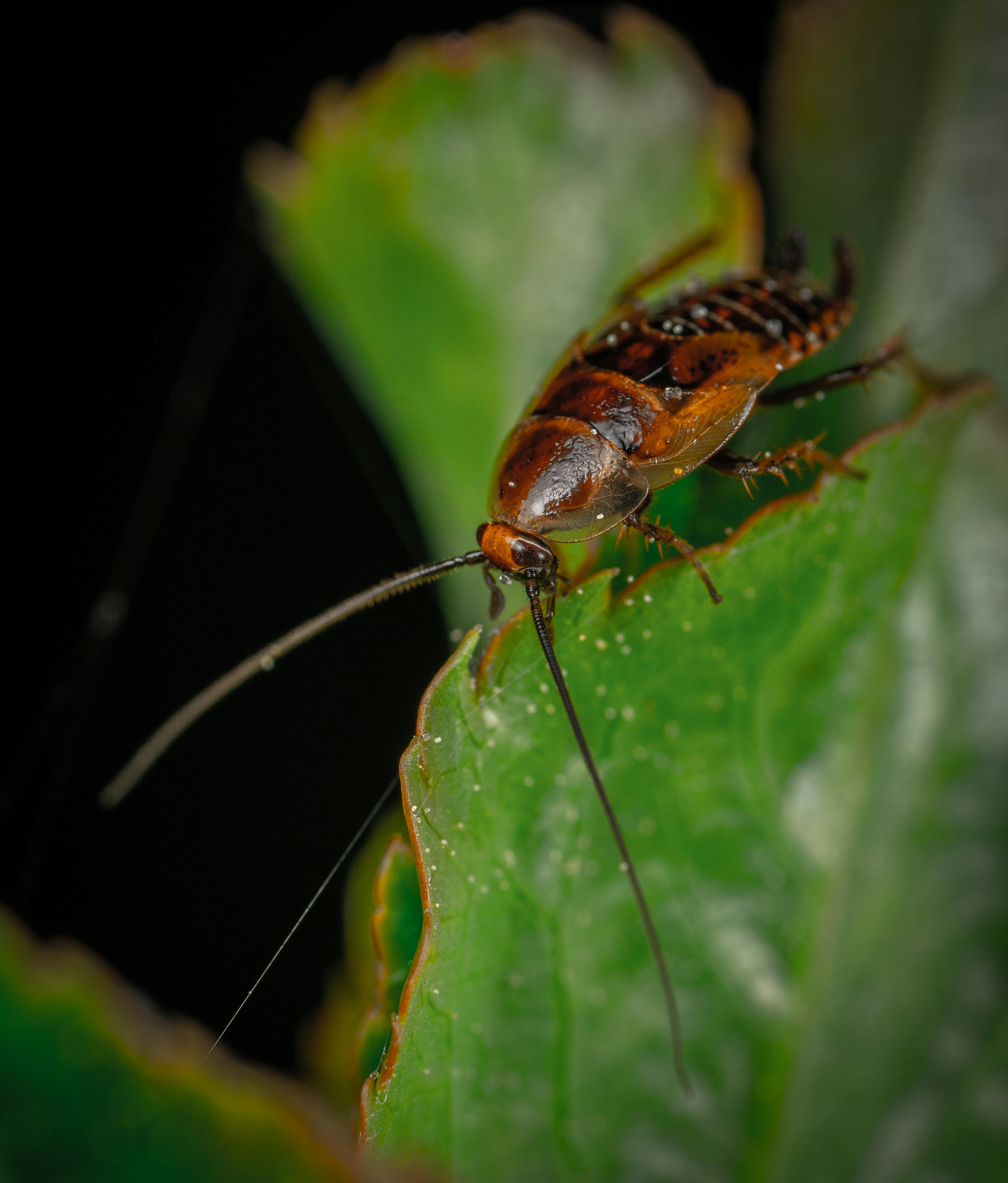
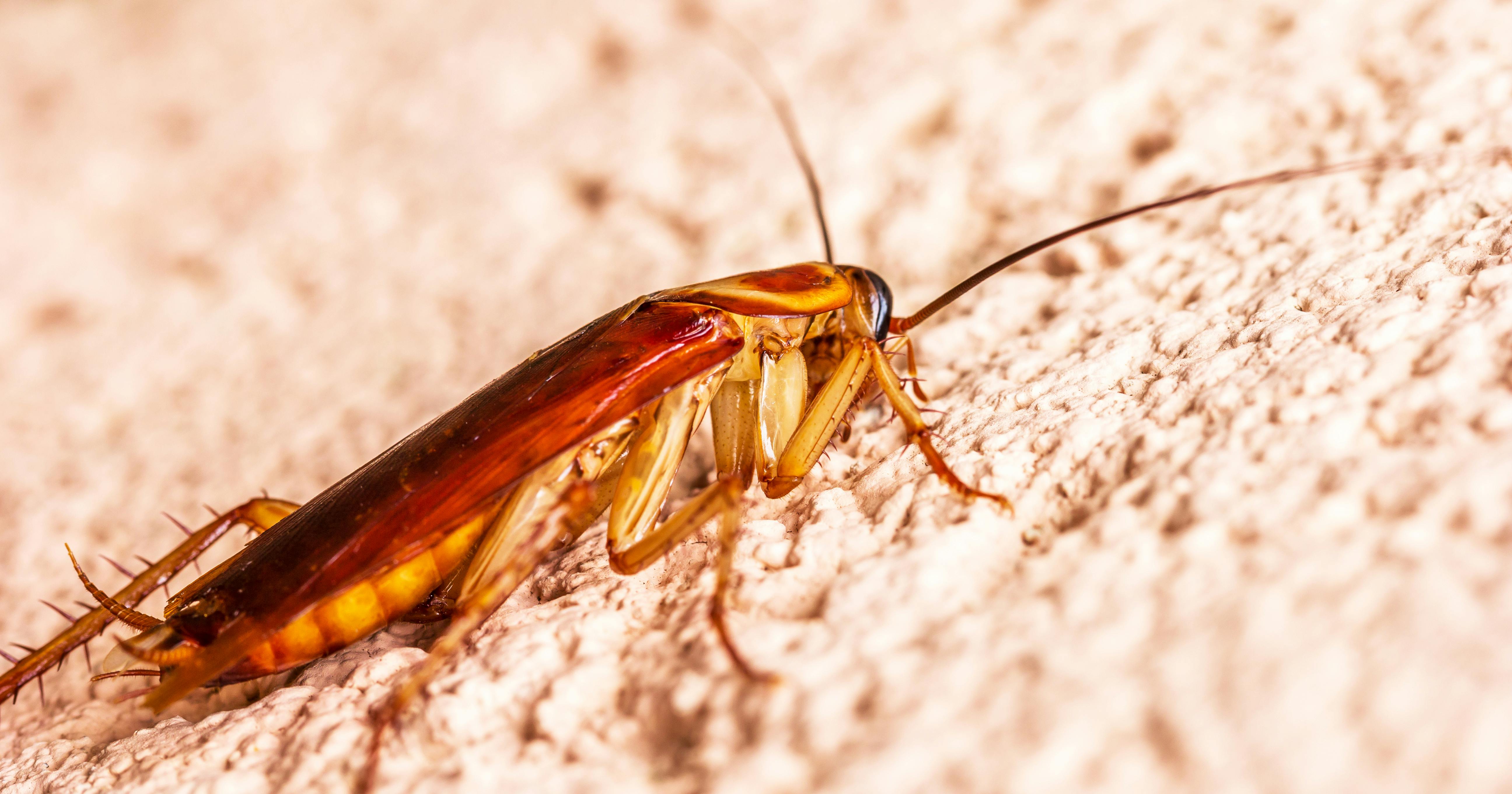
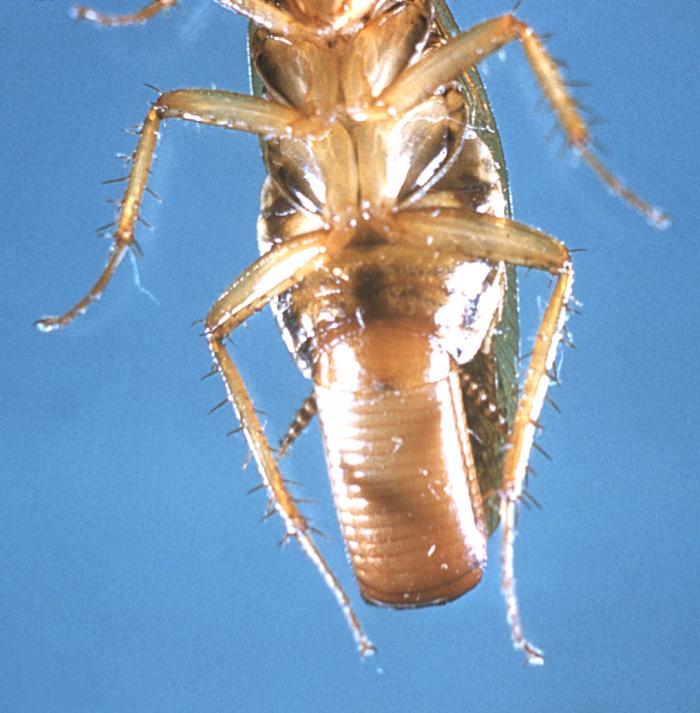
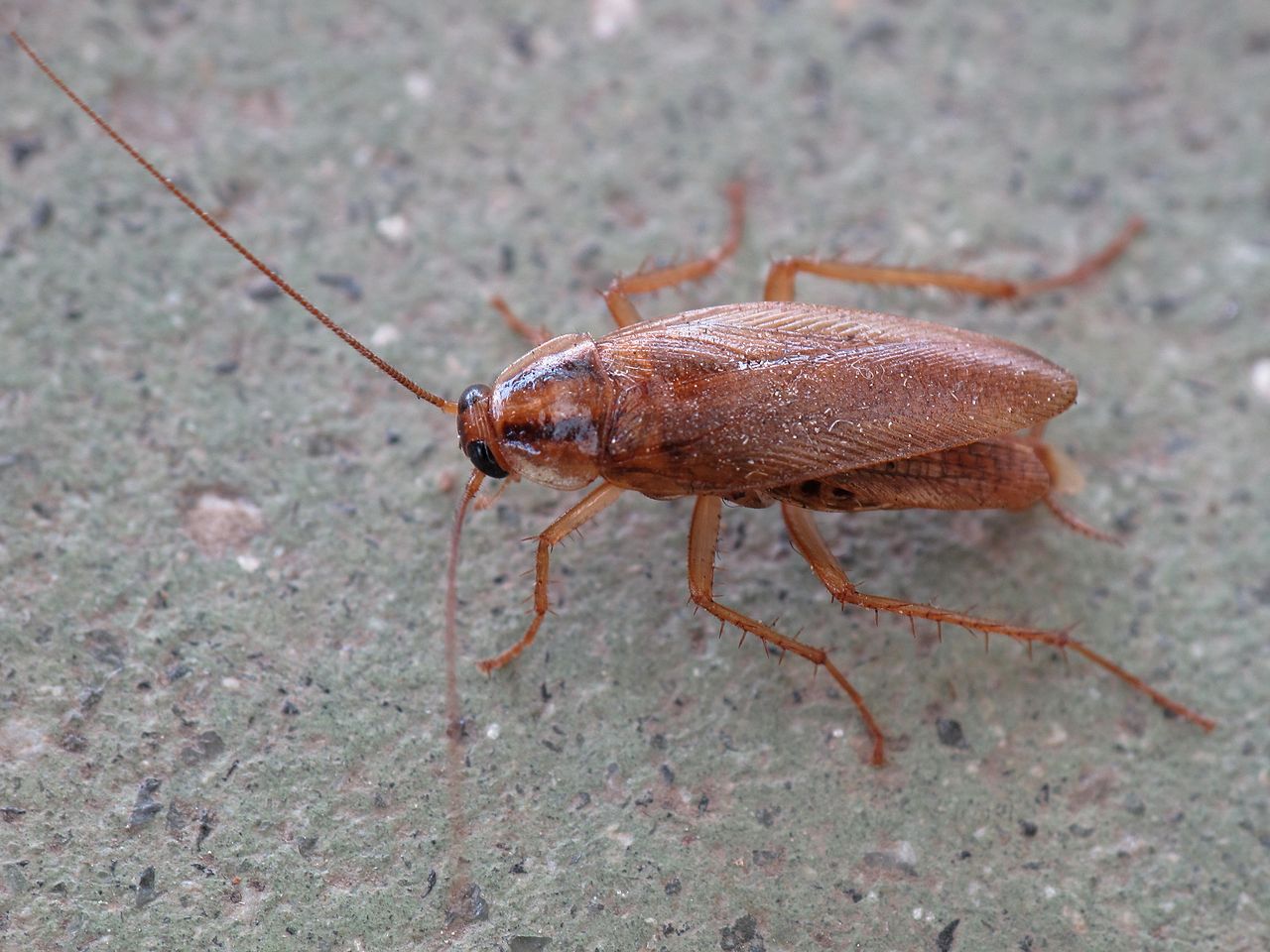
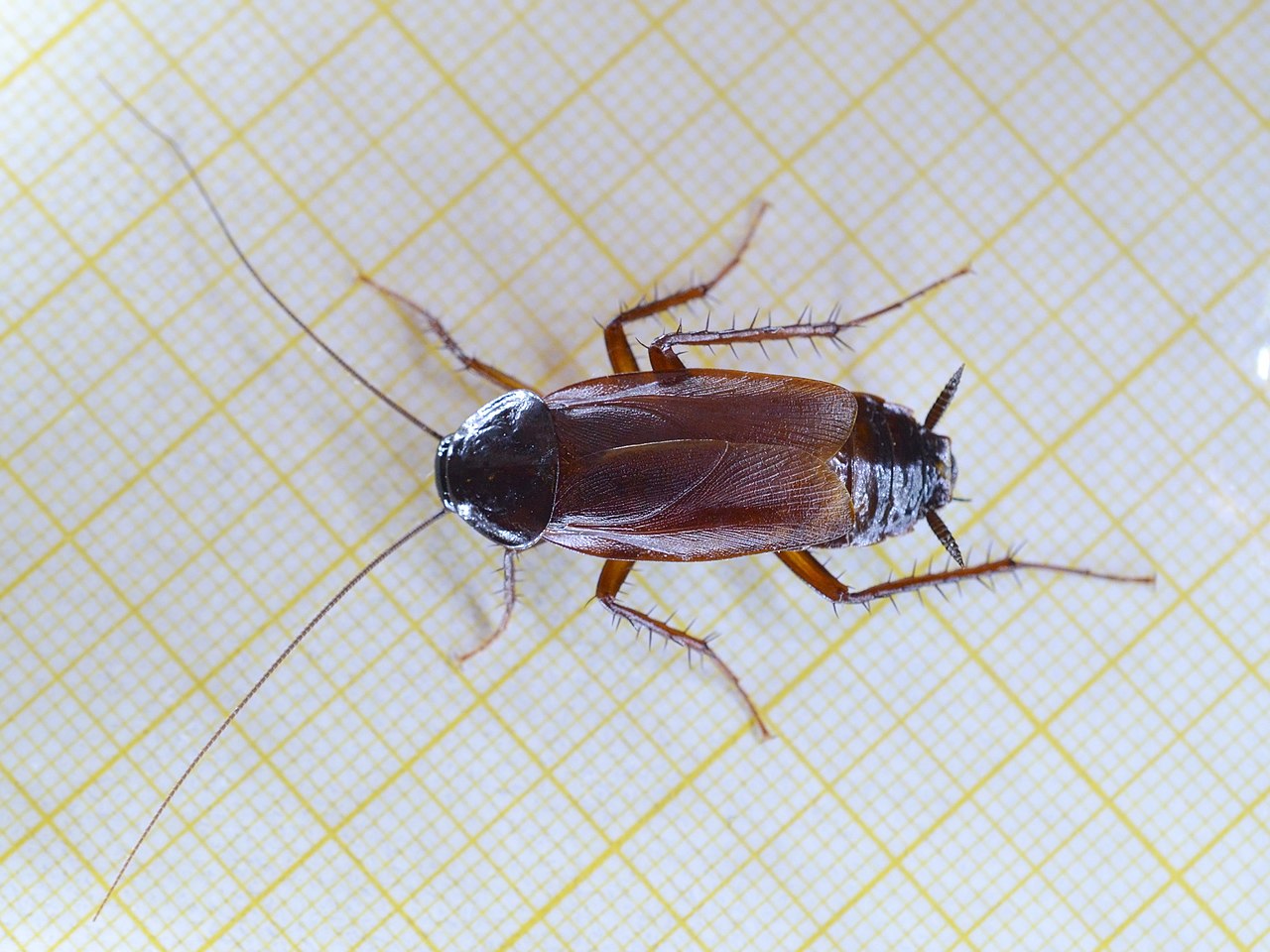
Comparison of three common cockroaches
| Roach | German cockroach | Oriental cockroach | American cockroach |
|---|---|---|---|
| Size | 13–16 mm (0.51–0.63 in) | 18–29 mm (0.71–1.14 in) | 29–53 mm (1.1–2.1 in) |
| Preferred temperature | 15–35 °C (59–95 °F) | 20–30 °C (68–86 °F) | 20–29 °C (68–84 °F) |
| Nymphal development | 54–215 days (at 24–35 °C (75–95 °F)) | 164–542 days (at 22–30 °C (72–86 °F)) | 150–360 days (at 25–30 °C (77–86 °F)) |
| Lifespan | Around 200 days | 35–190 days | 90–706 days |
| Able to fly? | Uncommon | No | Yes |
Monitoring Techniques
Effective monitoring involves using various techniques to detect and track cockroach populations:
- Sticky Traps: Placing sticky traps in areas where cockroach activity is suspected, such as kitchens, bathrooms, and basements.
- Bait Stations: Using bait stations with attractants can lure cockroaches, allowing for monitoring and control.
- Visual Inspections: Regularly inspecting cracks, crevices, and other hiding spots for signs of infestation.
Control Methods
Controlling cockroach infestations involves a combination of techniques:
- Sanitation: Maintaining a clean environment by eliminating food sources, fixing leaks, and reducing clutter.
- Exclusion: Sealing entry points, such as gaps and cracks, to prevent cockroaches from entering.
- Baits and Insecticides: Using gel baits, bait stations, and insecticidal sprays specifically designed for cockroaches.
- Biological Control: Introducing natural predators, such as certain species of parasitic wasps, to control cockroach populations.
Rodents
Rodents, such as rats and mice, are common pests that pose significant health risks and cause damage to property. Effective identification and monitoring are essential for managing rodent infestations. Here are key aspects to consider:
Species Identification
Common rodent species include the Norway rat (Rattus norvegicus), the roof rat (Rattus rattus), and the house mouse (Mus musculus). Identification can be based on physical characteristics such as size, color, and tail length:
- Norway Rat: Large (about 7 to 9.5 inches), brown or gray, with a thick body and a tail shorter than the body length.
- Roof Rat: Smaller (about 6 to 8 inches), black or brown, with a slender body and a tail longer than the body length.
- House Mouse: Small (about 2.5 to 4 inches), light brown or gray, with a slender body and a tail about equal to the body length.
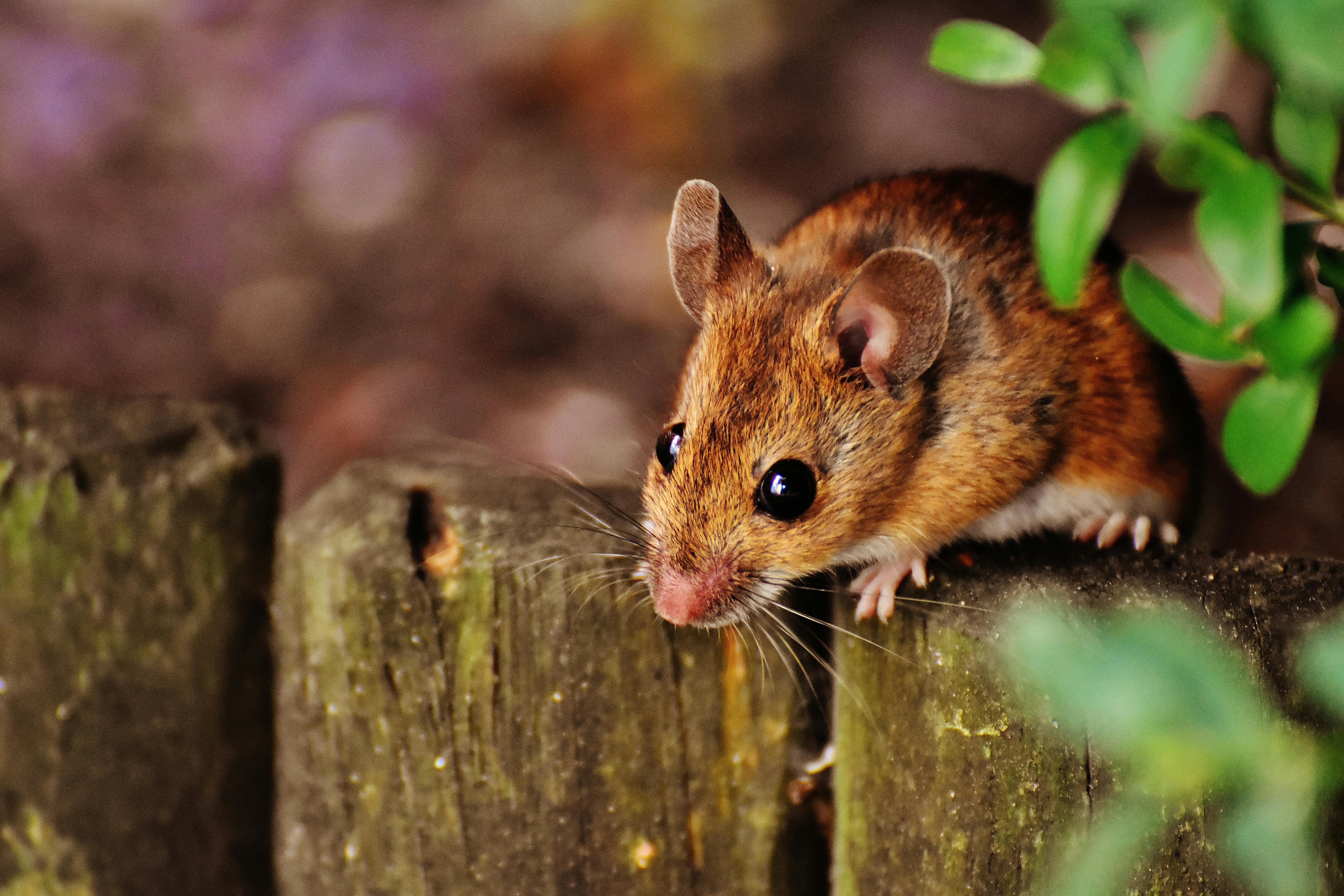
Monitoring Techniques
Effective monitoring involves the use of various techniques to detect and track rodent populations:
- Snap Traps: Placing snap traps in areas where rodent activity is suspected, such as along walls, near food sources, and in attics.
- Rodent Bait Stations: Using bait stations with attractants can lure rodents, allowing for monitoring and control.
- Visual Inspections: Regularly inspecting potential entry points, nesting sites, and areas with rodent droppings.
Control Methods
Controlling rodent infestations involves a combination of techniques:
- Sanitation: Maintaining a clean environment by eliminating food sources, storing food in rodent-proof containers, and reducing clutter.
- Exclusion: Sealing entry points, such as gaps and cracks, to prevent rodents from entering.
- Trapping: Using snap traps, live traps, and glue boards to capture and remove rodents.
- Rodenticides: Using rodenticidal baits and pellets specifically designed for rodents.
Ants
Ants are social insects that can form large colonies and cause problems in homes and gardens. Effective identification and monitoring are crucial for managing ant infestations. Here are key aspects to consider:
Species Identification
Common ant species include the Argentine ant (Linepithema humile), the carpenter ant (Camponotus spp.), and the odorous house ant (Tapinoma sessile). Identification can be based on physical characteristics and nesting habits:
- Argentine Ant: Small (about 1/16 to 1/4 inch), light to dark brown, and tends to form large colonies.
- Carpenter Ant: Large (about 1/4 to 1/2 inch), black or red, and known for nesting in wood.
- Odorous House Ant: Small (about 1/16 to 1/8 inch), brown or black, and emits a rotten coconut smell when crushed.
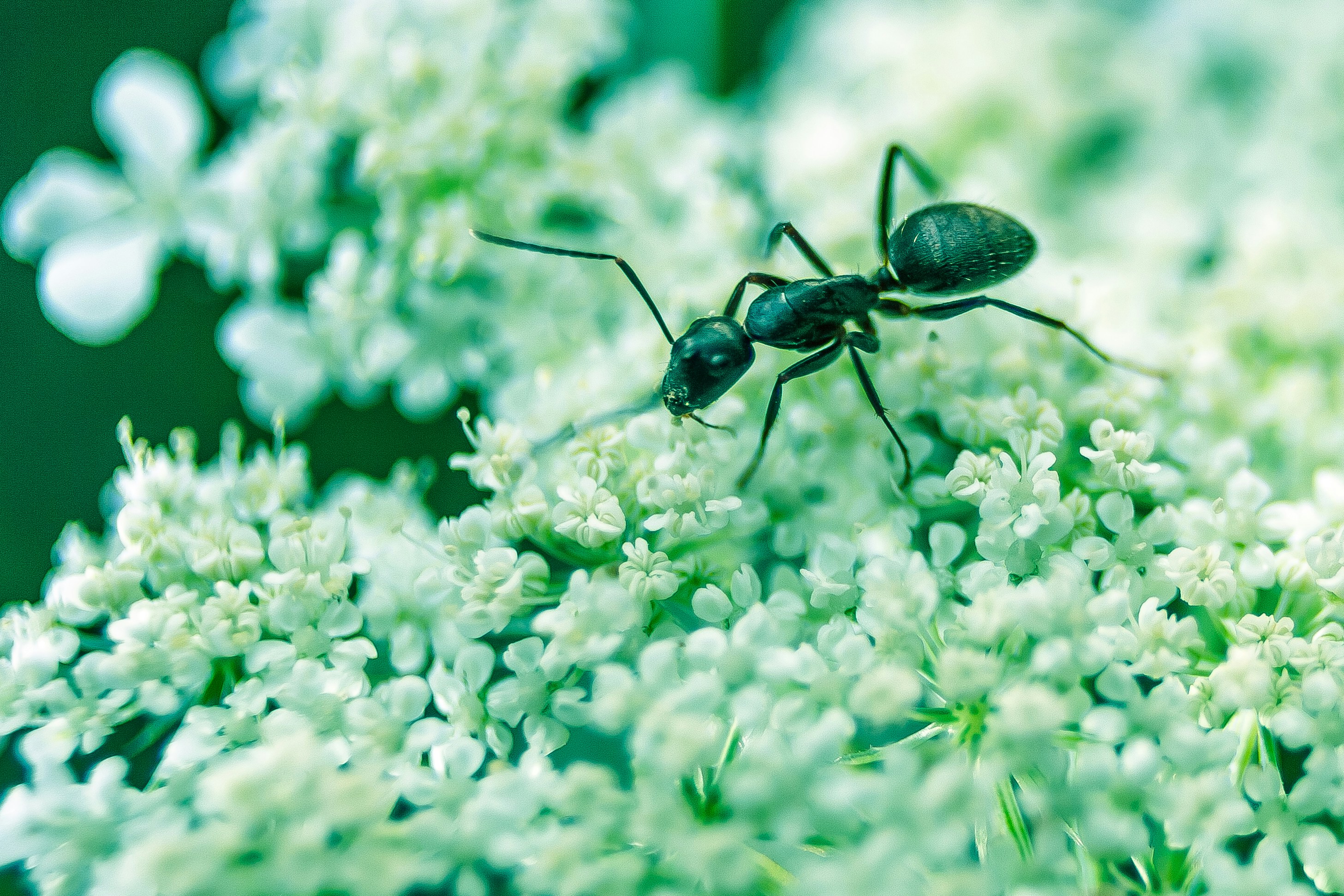
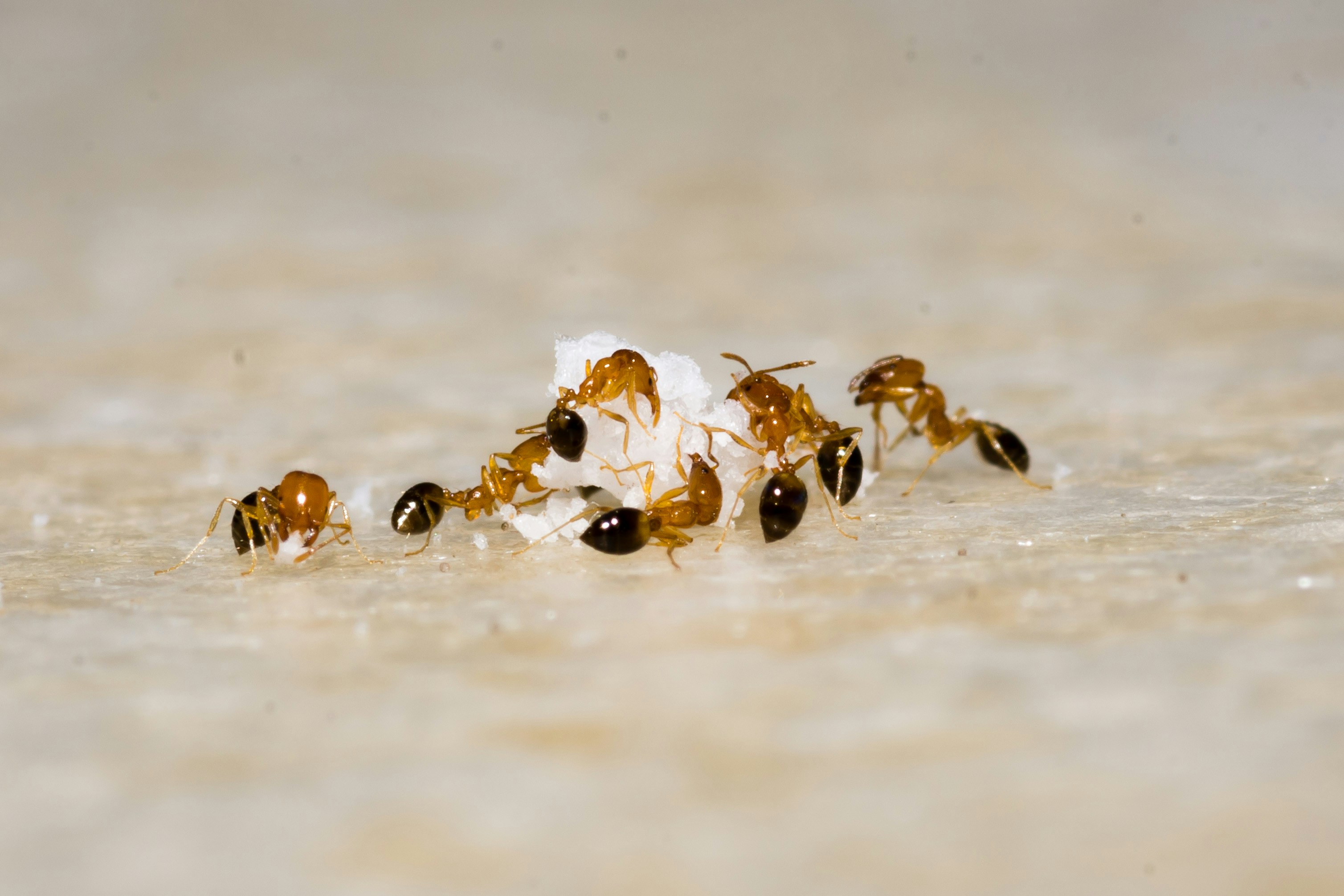
Monitoring Techniques
Effective monitoring involves the use of various techniques to detect and track ant populations:
- Bait Stations: Using bait stations with attractants can lure ants, allowing for monitoring and control.
- Visual Inspections: Regularly inspecting trails, nesting sites, and areas with ant activity.
- Sticky Traps: Placing sticky traps in areas where ant activity is suspected, such as kitchens, bathrooms, and gardens.
Control Methods
Controlling ant infestations involves a combination of techniques:
- Sanitation: Maintaining a clean environment by eliminating food sources, storing food in airtight containers, and cleaning up spills.
- Exclusion: Sealing entry points, such as gaps and cracks, to prevent ants from entering.
- Baits and Insecticides: Using ant baits, bait stations, and insecticidal sprays specifically designed for ants.
- Biological Control: Introducing natural predators, such as certain species of parasitic wasps, to control ant populations.
Termites
Termites are highly destructive pests that can cause significant structural damage to buildings. Effective identification and monitoring are crucial for managing termite infestations. Here are key aspects to consider:
Species Identification
Common termite species include the subterranean termite (Reticulitermes spp.), the drywood termite (Incisitermes spp.), and the dampwood termite (Zootermopsis spp.). Identification can be based on physical characteristics and nesting habits:
- Subterranean Termite: Small to medium (about 1/4 to 1/2 inch), light brown to black, and typically nests in soil.
- Drywood Termite: Medium to large (about 3/8 to 1/2 inch), light brown to dark brown, and nests in dry wood.
- Dampwood Termite: Large (about 1/2 to 5/8 inch), light brown to reddish-brown, and nests in damp or decaying wood.
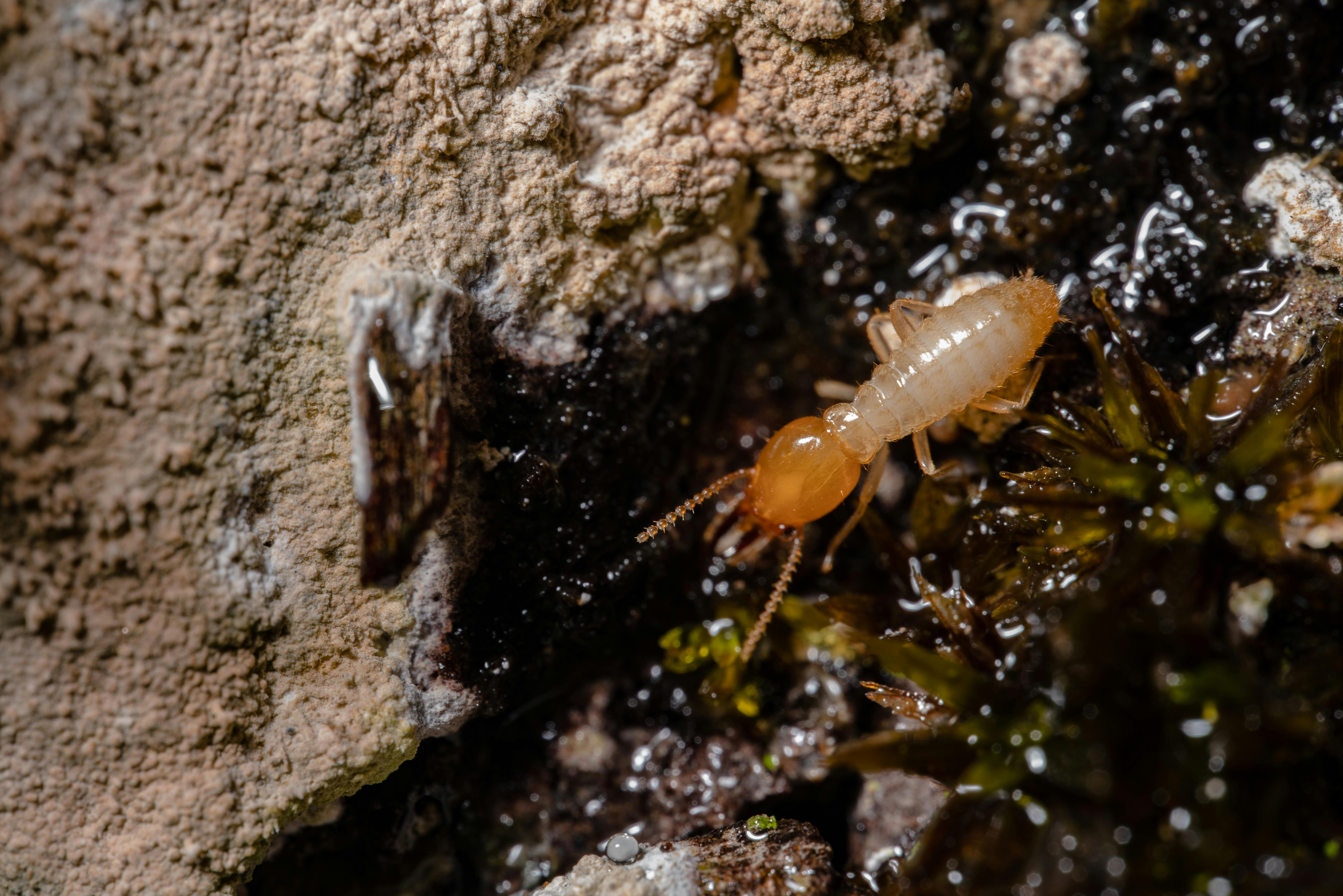
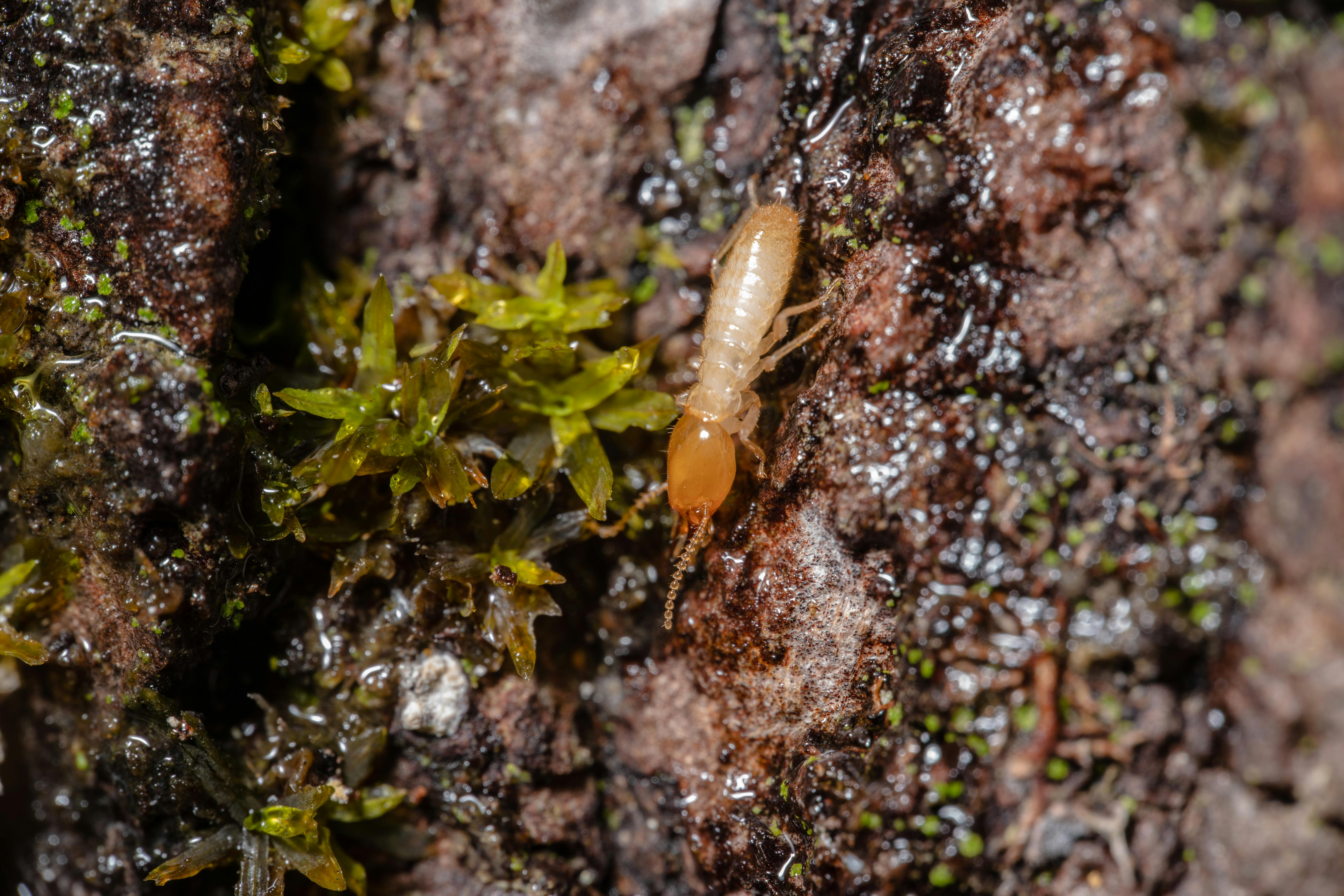
Monitoring Techniques
Effective monitoring involves the use of various techniques to detect and track termite populations:
- Termite Bait Stations: Installing bait stations around the perimeter of buildings to lure and monitor termites.
- Visual Inspections: Regularly inspecting for mud tubes, damaged wood, and termite droppings.
- Moisture Meters: Using moisture meters to detect areas with high moisture levels, which are conducive to termite activity.
Control Methods
Controlling termite infestations involves a combination of techniques:
- Soil Treatment: Applying liquid termiticides to soil around the foundation to create a chemical barrier.
- Baiting Systems: Using bait stations with slow-acting termiticides to eliminate termite colonies.
- Wood Treatment: Treating wood with borate solutions to protect against termite damage.
- Physical Barriers: Installing physical barriers, such as stainless steel mesh, to prevent termite entry.